I am one of the few survivors of a team of Bowen Basin pioneers who started the systematic exploration of the Bowen Basin in 1961. Given this, I decided to record some of my experiences and knowledge before I forget them all.
I was born ‘Vivian Watt’ in 1939.
My mother died of TB soon after and I was adopted by the Forbes family who lived on a dairy farm in the aptly-named ‘Wheatvale’ on the Darling Downs, in Queensland, Australia. I can (only just) remember the soldiers returning home from the second world war, many with broken bodies or malaria, but they were treated as heroes, even by the ABC.

Wheatvale School – my first school, about 1946.
It seems I was destined to dabble in coal geology and steam power.
The Watt family line has been traced back to James Watt of steam engine fame, but I was unaware of this until I grew up. My grandfather, Leslie Watt, owned a huge steam traction engine that went from farm to farm threshing wheat from stooks of ripened grain.

Harvesting Wheat at Wheatvale in about 1952
I helped my father pick corn by hand – we walked along the rows beside an old dray pulled by a quiet horse. We pulled the corn cobs and threw them into the dray. Later, we shovelled the cobs into a hand-driven sheller to separate the grain from cobs. It was all a hard job on hands, so my grandfather Watt built a machine to harvest and shell corn.
The main fuel of those days was kerosene refined in Australia by COR (Commonwealth Oil Refineries). The crude oil probably came from John Rockefeller’s Standard Oil in America. It fuelled kerosene lights, lanterns, and the first Ford utilities and Fordson tractors made in Detroit by Henry Ford. Later on, kerosene powered the first refrigerators. Every farm had a rubbish dump of empties – old rusting four-gallon kerosene tins. Southern Cross Diesel engines made in Toowoomba powered the first milking machines.
My father thought I was a dreamer – I spent ages trying to build a steam engine with a hammer, pipes, file, chisel, hacksaw, and other farm tools. I knew how the Hero steam engine and the Watt/Stevenson engines worked, but was unable to build replicas with my crude tools.
My adopted father was killed in a farm accident when I was 12 years old and my mother and I moved to Warwick where I attended Warwick State High School. I was lucky to have great teachers in English, Latin, geology, chemistry, physics, and maths. I owe a lot to them and to the competitive scholarship they fostered. And to my mother who took in boarders to pay our way. One of those boarders was a young journalist, Alan Jones (well known to readers of The Speccie).
Books by Ion Idriess had a great influence on my early life – in particular Prospecting for Gold, Lasseter’s Last Ride and Fortunes in Minerals. I was forever fossicking, and collecting rocks and minerals.
I won scholarships that paid my fees to attend the University of Queensland, and I took odd gardening and farm jobs to pay other bills. My applied science course focused on geology, chemistry, physics, and maths with some metallurgy and mine engineering. I graduated in 1961 and went to work for the Geological Survey Office of Queensland (in return for their paying of my University Fees).
In those days governments tried to encourage industry. The media and the population welcomed development and there were no Greens, Teals, or ABC trying to stop everything.
Australia used a lot of kerosene but produced none. So the Commonwealth government undertook a program to produce geological maps of the sedimentary basins to assist the search for oil. This effort was directed by the Federal Bureau of Mineral Resources and the GSQ was invited to participate in mapping Queensland’s Bowen Basin. I was lucky enough to get a spot in this program.
They gave me a geological hammer, a compass, a notebook, a swag, and a one-way rail ticket from Roma Street to Collinsville. Little did I know that most of the significant events of my life would be related to my lifetime of adventures in the Bowen Basin.
I travelled on a steam train powered by Ipswich coal to the coal mining town of Collinsville. I slept the night in an abandoned rail car and next morning was taken to the BMR camp on the Bowen River on Strathmore Station.
The goal of each field season (April to October) was to explore and map one 1:250,000 sheet area.
The 1961 goal was to map the Collinsville sheet and bits of the Proserpine and Mackay Sheets.
We saw coal exposed in Pelican Creek that had been reported on by R L Jack. And I collected graphite samples from the small Jack’s Creek Graphite deposit and gathered marine fossils (mainly brachiopods) for study and classification. And we used gelignite (without an explosives licence) to collect fresh samples of igneous rocks for geomagnetic and other analyses.

The 1961 Bowen Basin Geological Party – Ralph Jensen, Viv Forbes, Ed Malone (party Leader), and Chris Gregory
Our work schedule started early on Monday morning. Our short-wheel-based Landrovers were ideal for the job. Each of our four vehicles had a driver/field assistant and a geologist/navigator plus swags, water tank, and tucker box. We took steak for one night, plus bacon, eggs, cornflakes, and tinned food for a week away. The base camp had a cook, a mechanic, and a draftsman.
The greatest tool we had was a big collection of black-and-white aerial photographs which we used to navigate, interpret the geology, and create the base maps. These old photos would be of great interest and value today as many of them were taken before the massive scrub clearing that accompanied the closer settlement of the Brigalow Development Scheme. The native vegetation was more useful at indicating the underlying geology. Brigalow loved the better soils developed along the outcrops of coal seams.
Slowly over four months, our maps took shape.
At the end of each field season, as the hot-wet season arrived, we packed up our gear and returned to Brisbane and Canberra to draw the final maps, research the literature, argue about geological interpretations, loaf a bit, and write reports. Then as autumn returned we went back to the bush in the Bowen Basin.
I spent five years on this geological work, becoming more experienced as time passed. We mapped the Bowen Basin from Collinsville in the North to Injune in the South. The other key players included Ed Malone, Ralph Jensen, Chris Gregory, Graham Mollan, Neville Exon, Gus Tweedale, and Professor Dorothy Hill.
But my greatest discovery was the head stockman on ‘Waitara Cattle property’ where we had camped without permission. Her name was Judith Bell. The Bell family were the first European settlers in the district. Their original family property was called ‘Sarina’. We were married in Mackay in 1963.
Got something to add? Join the discussion and comment below.
Get 10 issues for just $10
Subscribe to The Spectator Australia today for the next 10 magazine issues, plus full online access, for just $10.

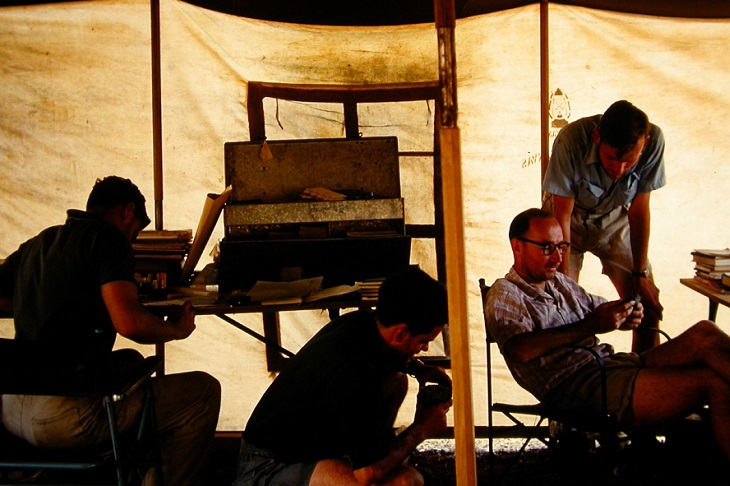
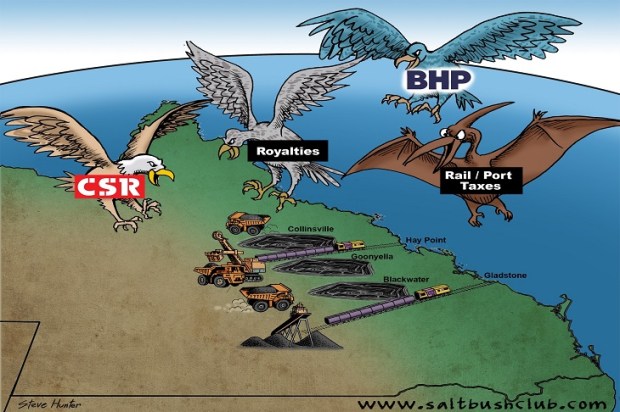
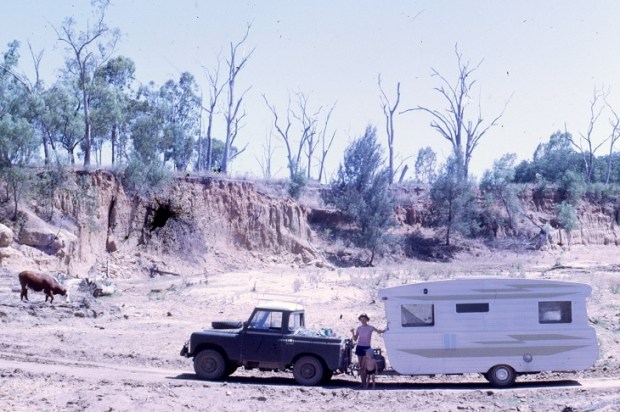
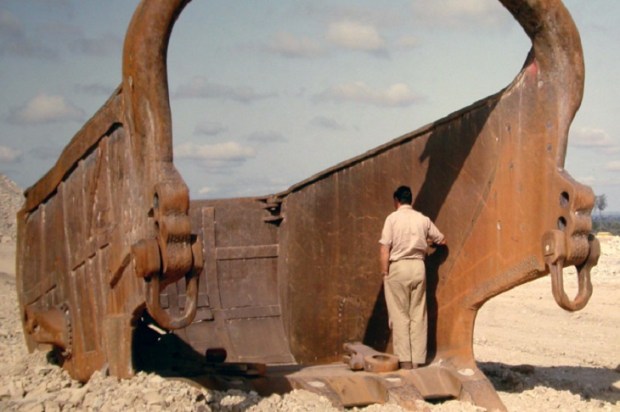
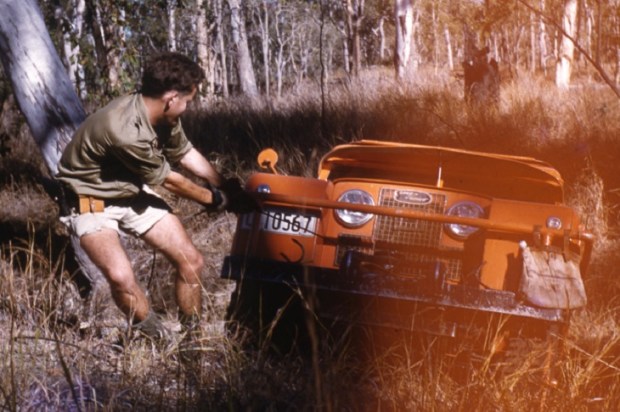













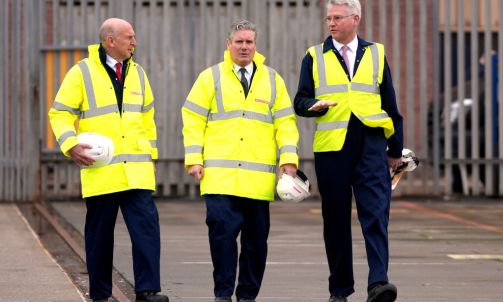






Comments
Don't miss out
Join the conversation with other Spectator Australia readers. Subscribe to leave a comment.
SUBSCRIBEAlready a subscriber? Log in